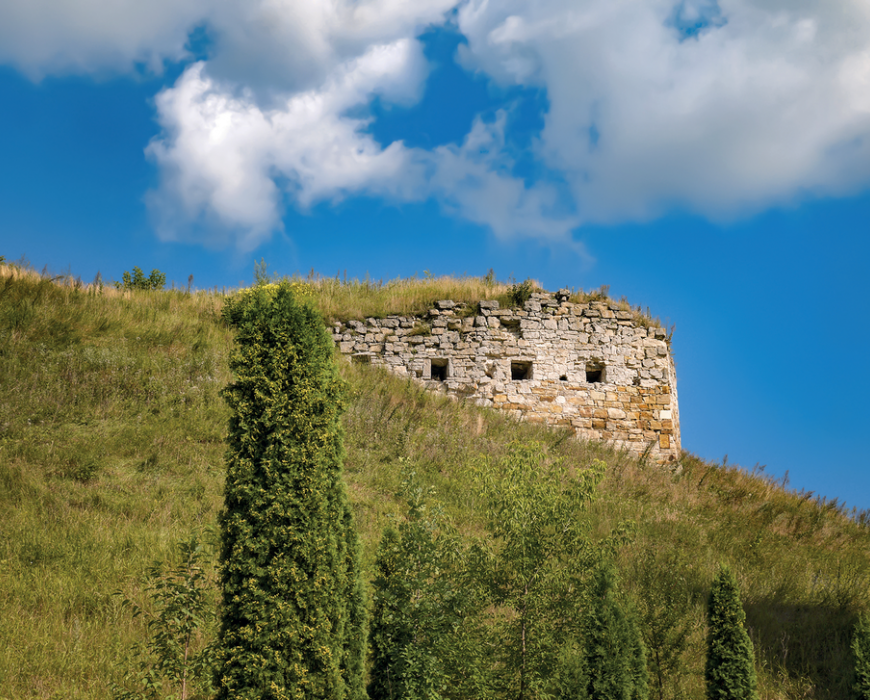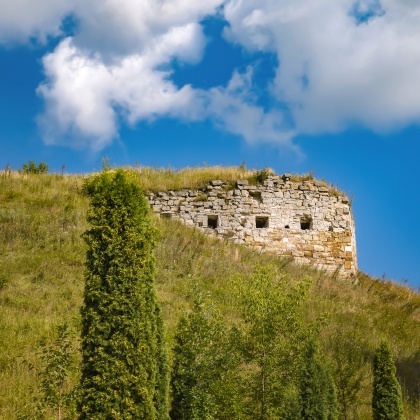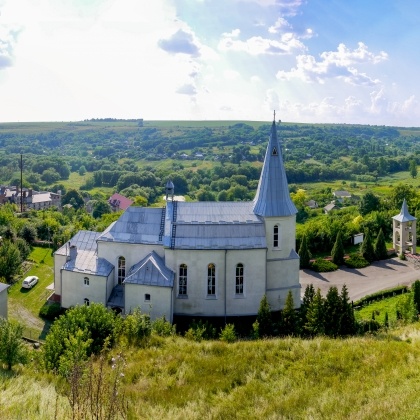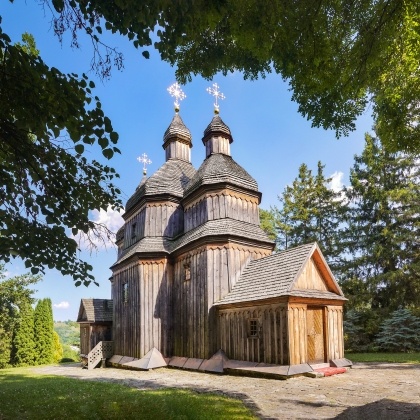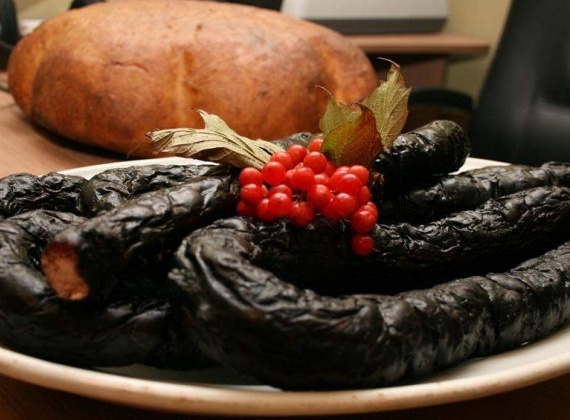The ancient town of Zinkiv is a real beauty of the Khmelnytskyi region. It is located on the high left bank of the Ushytsia River, where you can enjoy incredibly beautiful views of its right bank. Only 1.5 thousand people live in Zinkiv, but there are a lot of monuments, although a lot more were destroyed by the communists. For instance, the Soviet government destroyed a unique defensive stone church, which had almost no analogues. It's worth finding the old school. It was built in the classical style at the beginning of the 19 century by Prince Ludwik of Württemberg, a cousin of Adam Jerzy Czartoryski. Half Polish, he served in the Russian army with the rank of general of artillery and zealously shelled his cousin's property in Pulawy during the November Uprising. At the end of the 19th century, the authorities still took away the estate, turning it into a court. The exterior of the monument with Tuscan porticoes and a frieze is well preserved, unlike the interiors. Generally, this is a brilliant example of provincial classicism. On the neighboring hill there are ruins of ancient fortifications.
This is the medieval castle of Krakow's podstoli Peter Piotr Odrowonrz, built in the middle of the 15th century, so the attraction is one of the oldest in Podillya. One of the famous sieges of the fortress occurred in 1524, when the Turks burned the city, but could not take the castle. In the middle of the same century, the fortress passed to the Sieniawski and, like Medzhybozh, it was strengthened and built. The Cossacks of Khmelnytskyi partially destroyed the fortress, so it was not difficult for the Turks in 1672 to get it. The Ottomans held a pledge here for more than a quarter of a century. At the beginning of the 18th century. Adam Mykola Senyavsky again strengthened the castle according to that time requirements of fortification, and its fortifications remained in good condition for a long time. It is not a surprise that during the Bar Confederation, the headquarters of Jozef Pulaski operated here. However, the castle was quickly recaptured by the zhovnirs of the pro-Russian Francishk Xavier Branitsky. This was the last time the fortress played its defensive role. At the end of the 19th century, the fortress began to be dismantled for stones due to the fact that the old walls threaten to fall on the church under them. Although, the castle was already partially destroyed, it survived till the Second World War, after which it was finally and almost completely dismantled. Now only part of the southern tower and the beer hall of the living accommodation have been preserved from the fortress.
It is one of the oldest Roman Catholic churches in Podillya, built in 1450 under the protection of the castle walls. Then it was made of wood. The stone church appeared in Zinkiv in the 1630s. After numerous destructions of the ruins period, Crown Hetman Adam Mikołaj Sieniawski rebuilt it in 1708. In 1938, the Soviet government destroyed that much of the shrine taken from Catholics that only its walls themselves remained. Only in 1989, these ruins were given to the faithful, after which its slow repair began. At first, the church was adapted for temporary services, and in 1994-1997 it was thoroughly restored, when the tower and all the internal premises were rebuilt.
It is a vivid example of traditionally Ukrainian Podilian sacred architecture. Such churches stood in almost every village until the end of the 18th century. After the Tsarist government issued an order to build churches in the pseudo-Russian, so-called synodal style, such churches stopped being built, and those that existed began to change. St. Michael Church stands on a picturesque hill. It was built in 1769. It is worth noting that the roofs of the three domes of the church are covered with shingles — this material has always been used for the roof of Ukrainian churches. In Soviet times, the church did not function and the old iconostasis was lost. Now the church is open again for religious needs. It is worth noting that the prefix "saint" in the names of our churches is not inherent in the Ukrainian tradition and appeared mainly in the 19th century.

